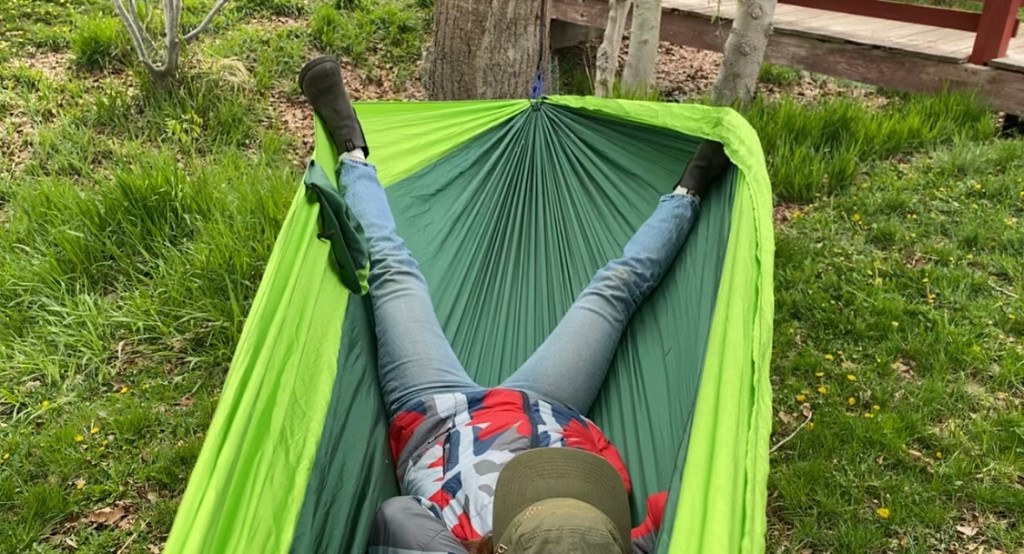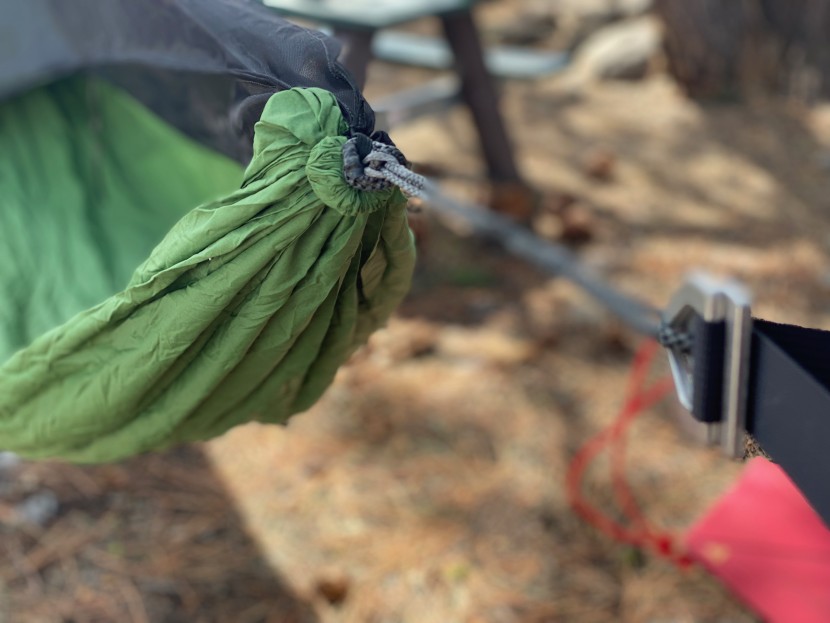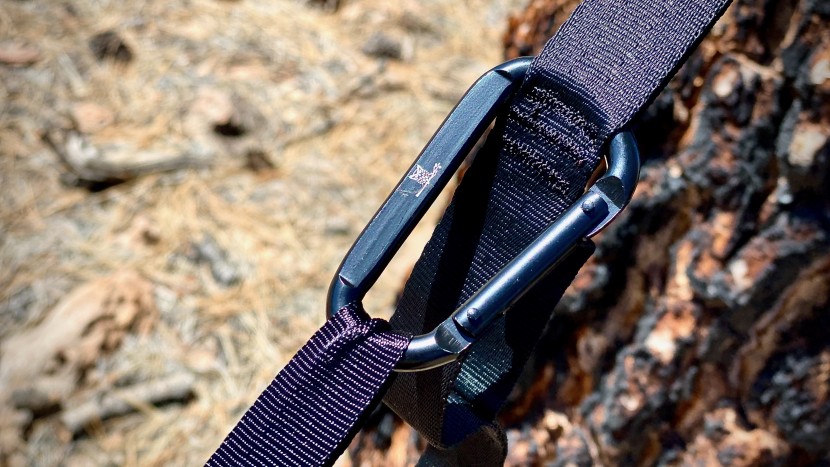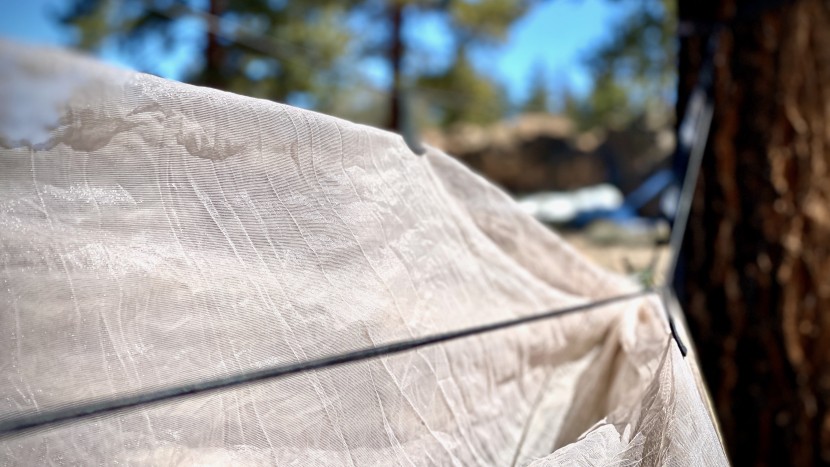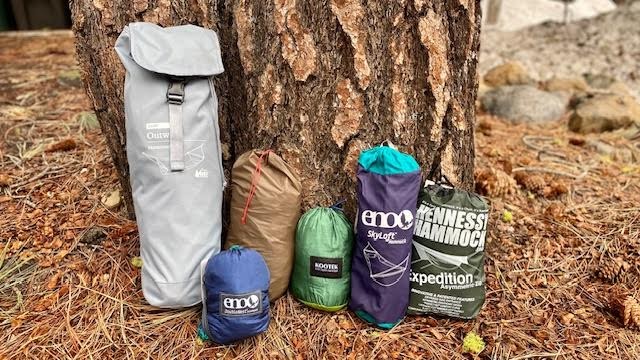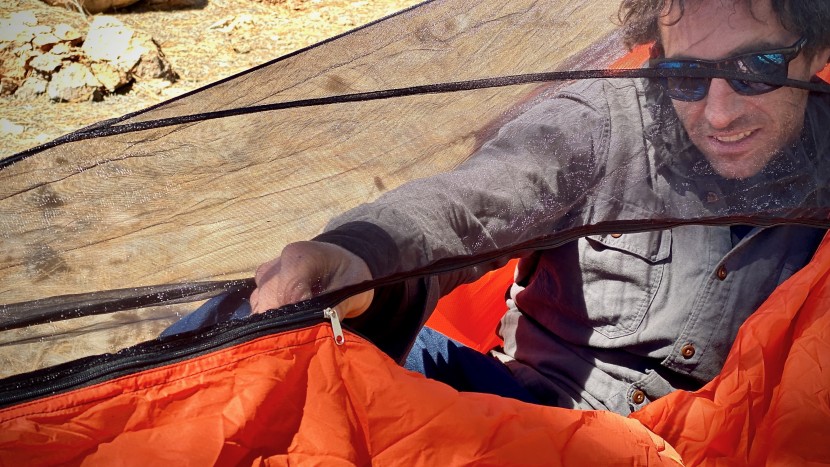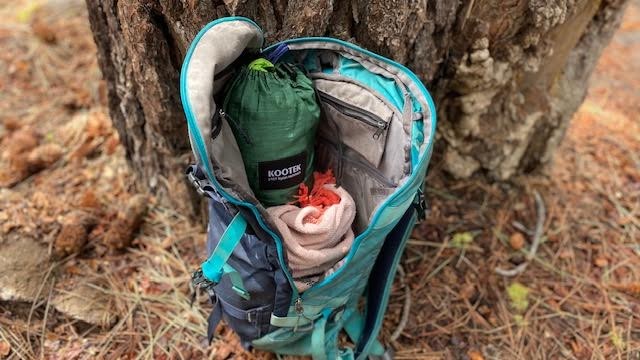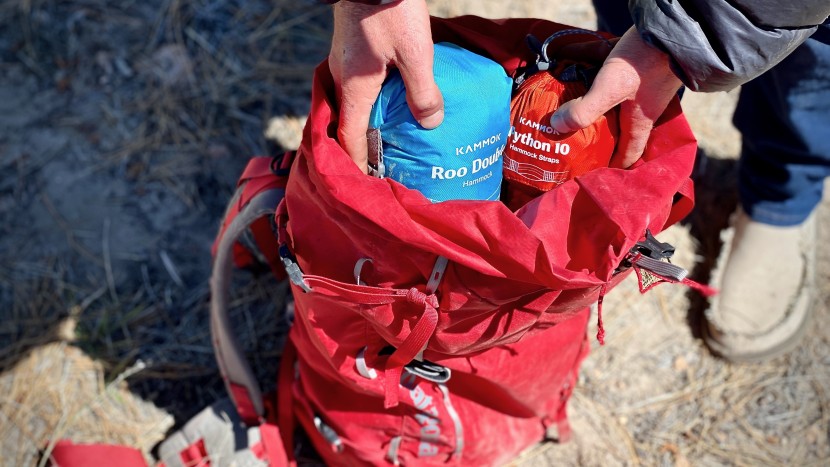We have spent several hundred hours and many seasons “hanging around” backcountry campsites, campgrounds, canyons, and city parks to evaluate how all the best hammock models perform in a multitude of environments. We rated each product on the same criteria: comfort, ease of setup, durability & protection, versatility, and weight. As new and impressive products become available, we test, test, and retest. We made spreadsheets of every detail and measurement to discern minute differences between even the most similar models.
Comfort
We evaluated comfort for sitting, lounging, and sleeping each time we slung a hammock between two trees. Our reviewers spent nights in every backcountry model and lounged in everyday-use specimens.
We tried out multiple positions to figure out which ones are the most comfortable in each model. Sometimes, the difference between a sore neck and a dreamy good time just meant scooting down an inch, adjusting the tension, raising the feet, or lying more diagonally. We assess breathability and the level of insulation the hammock provides, and we examine how each hammock integrates with accessories like underquilts, sleeping pads, and sleeping bags.
Ease of Setup
We set up each sling without the instructions to determine how intuitive the setup process is for the average user. Many models do not include necessary equipment like suspension straps, carabiners, or stakes with the rain fly, so we note those absences too. We timed ourselves running through each setup, noting which suspension systems are most difficult to learn and which are more straightforward. Lastly, we slung the webbing up around skinny aspen trees and thick pine trees to see how long and adjustable the straps were.
While this part of the testing process is straightforward, we assigned it more weight in the total because no one wants to waste time trying to figure out how to sling their hammock, particularly after you've spent a bunch of money on a seemingly “state of the art” model.
Durability and Protection
Specs about each model's material construction provide a picture of how they will feel and perform in the real world. Throughout the review, we note which ones proved robust enough in hand to allow your dog to join and which ones require a more delicate touch.
We examine the type of nylon used, the seam stitching, and how those materials hold up against the brand's claimed weight maximum for each model. Features like the carabiners, suspension straps, rain fly, bug net, and other clips, hooks, and associated webbing are also important to our assessment. We put shelter systems to the test in wind and rain, overnighting in alpine and riverbed locations to determine if the combined components provide enough strength and coverage to rest comfortably.
Fragile bug nets and rain flies are tracked for any red flags. Do they integrate well with the suspension system? Are they prone to tearing or slumping? Can one comfortably read a book or kick back with a friend? We also conducted a rain simulation to see how well each would fare during a wet night in the woods.
Not only do we swing, sway, and rummage around in the hammock to apply pressure to the suspension in various ways, but we also adjust tension to see if the fragility of the materials is altered by how the webbing is strung. Lastly, we perform a simple abrasion test by rubbing the nylon against tree bark and pavement to determine if any ripping or tearing will occur under standard use scenarios.
Versatility
Field testing took us into backcountry and backyards, with models designed for each of these specific environments. We noted which day-use models could be dialed up with an integrated underquilts, sleeping pad, and sleeping bag for a backcountry shelter, and vice versa. We also tried stretching in different directions, from the headbox to the footbox, to confirm each model's ability to conform to a user's needs.
Where accessory attachments exist, we tried out the rainflys, bug nets, and more to see how versatile and functional the results may be. We stuffed each model into a small backpack suitable for multi-day trips to see how it fit and carried. We tried out accessories, used every pocket, fumbled with sleeping pads and underquilts, and generally moved around inside to gauge who each model is best suited for. We also invited friends and family to join us, taking note of how they performed with multiple occupants.
Weight
Each model was weighed twice, once with all the bells and whistles and again with just the essentials. We loaded each one into a daypack and a shoulder bag to compare how easy they would carry on a backpacking trip or at a festival in the park. But although backcountry enthusiasts care deeply about counting ounces, we assigned this metric less weight as we find most users won't be traveling too far with their kits.
Many books were read during the long hours we spent lounging. It's a tough job, but someone's gotta do it! We hope our adventures and experiments inform your decisions on what gear to buy and inspire you to get outside and create amazing memories.

